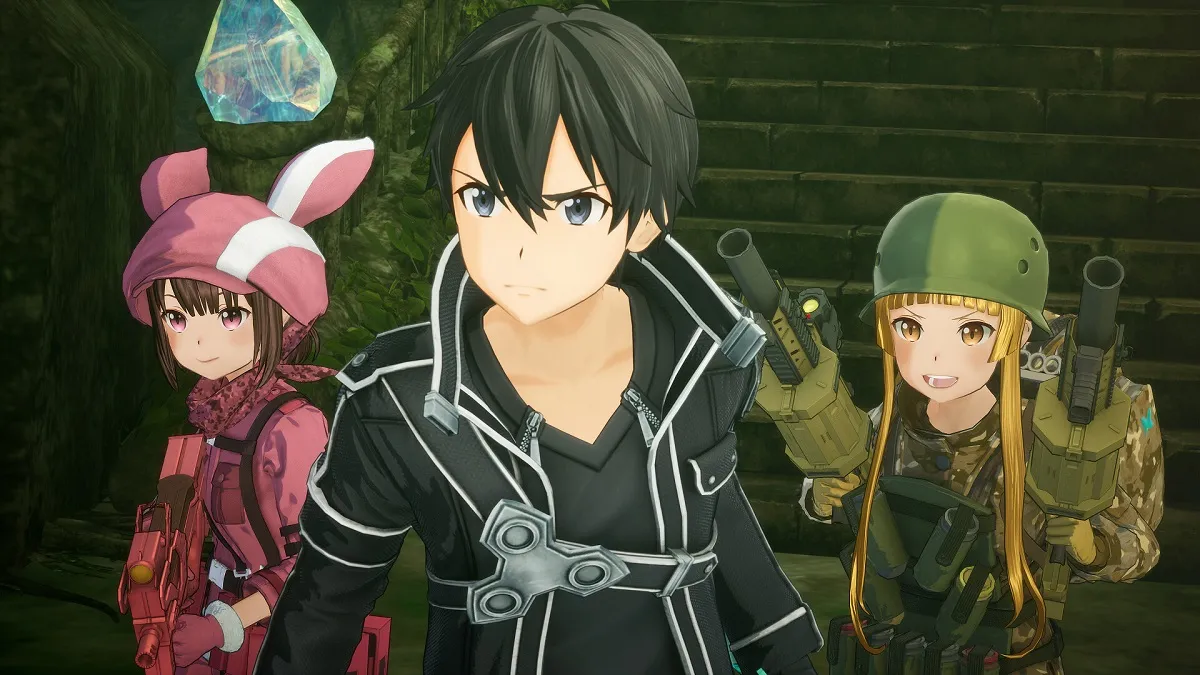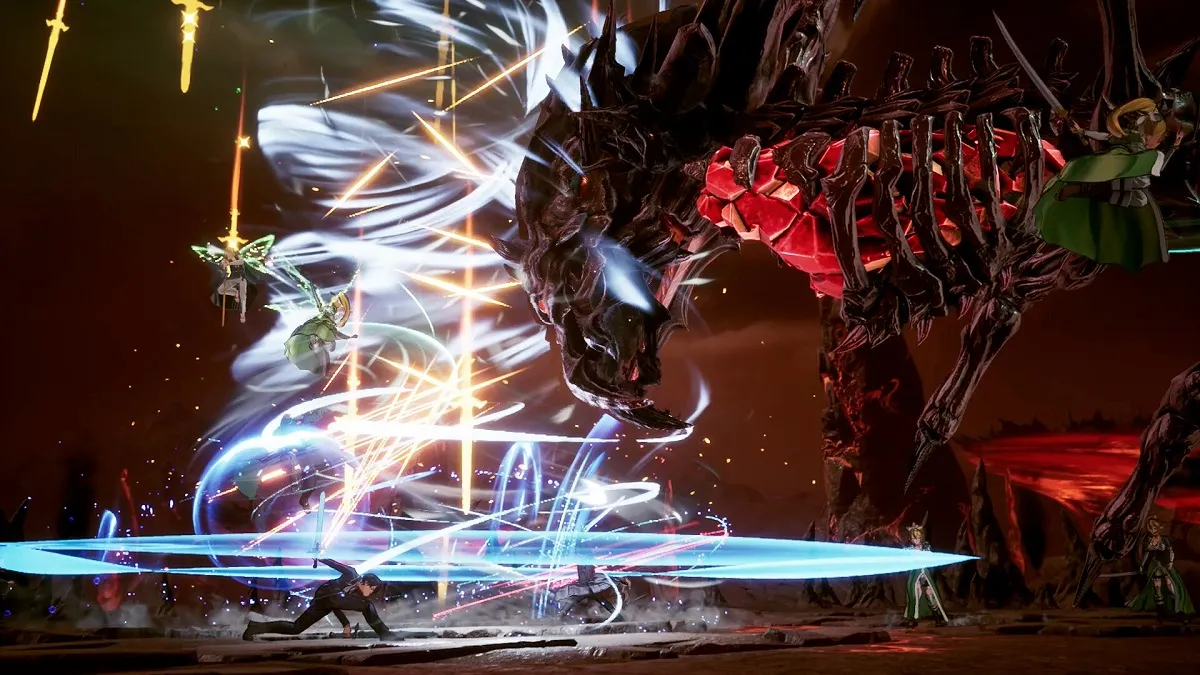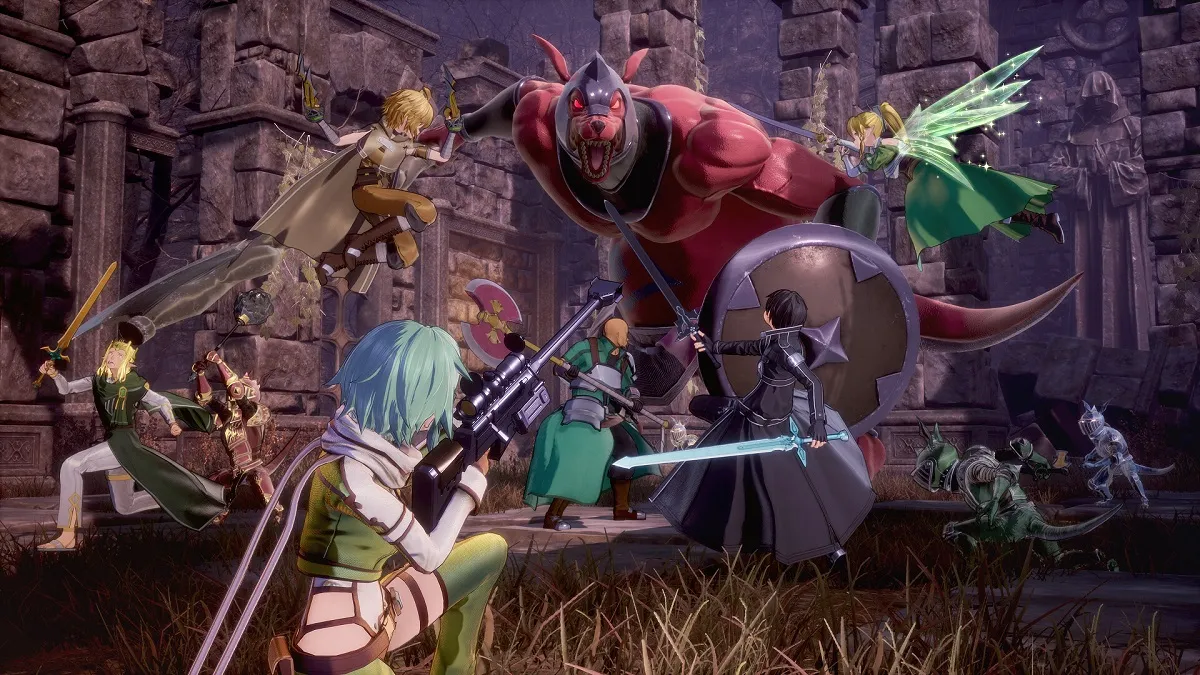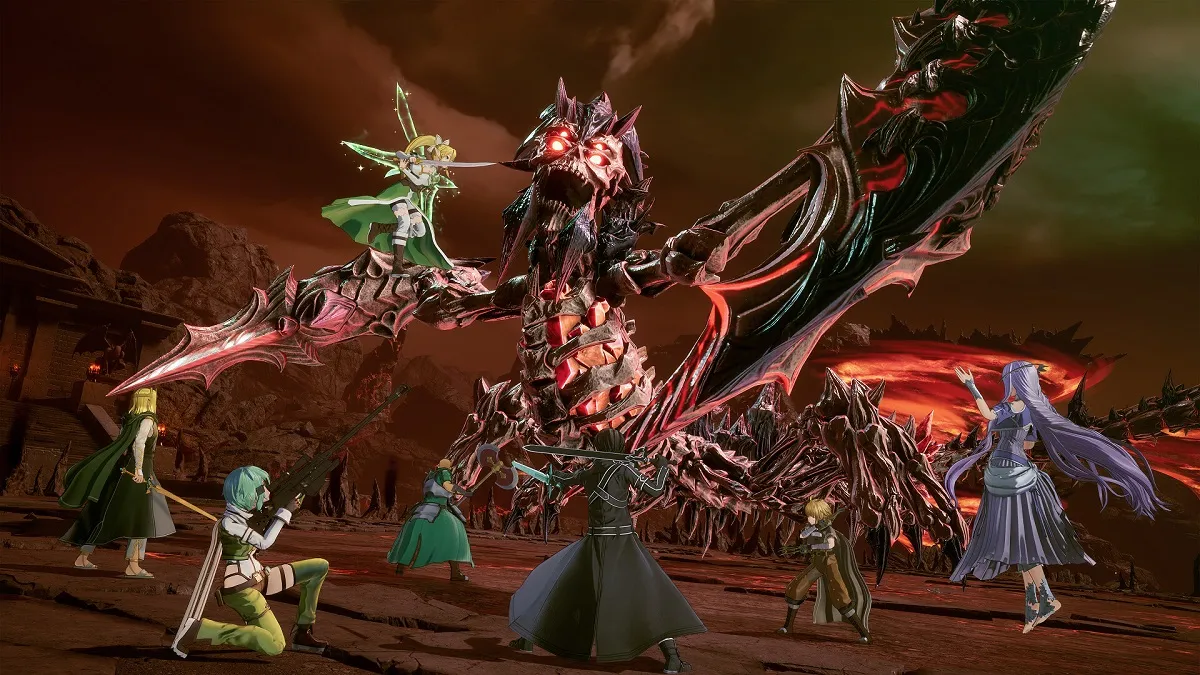Since its 2012 adaptation, Sword Art Online has undeniably shaped the anime genre, impacting newer titles even today. With its concept revolving around players immersed in a VR MMORPG, it’s not surprising that many games emerged as a result. Sword Art Online: Fractured Daydream is designed for committed fans of the series. While this might sound appealing, the game often targets a niche audience, potentially sidelining casual gamers.

The primary draw of Sword Art Online: Fractured Daydream is its multiplayer mode. However, players must make significant progress in the main story before they can unlock multiplayer features and additional characters. The game presents an entirely new narrative set sometime after the Alicization Arc, integrating familiar characters from this chapter into its plot. Without revealing too much, a fresh beta system called Galaxia has been introduced in ALfheim Online, designed for players to revisit their favorite moments in the game. Unfortunately, a malfunction has trapped Kirito within the Galaxia system, prompting him to seek assistance from notable figures throughout the Sword Art Online universe in order to escape back to reality.
One of the standout features of Sword Art Online: Fractured Daydream lies in its storytelling and cutscene quality, which are arguably the best among its predecessors. A memorable scene unfolds early on when Kirito discovers he is embroiled in a programming anomaly, leading to an immediate confrontation. This moment resonates strongly, resembling sequences directly from the anime and will likely bring joy to long-time fans. However, the narrative may prove confusing for those unfamiliar with the series, as it relies heavily on prior knowledge of Sword Art Online’s expansive lore, much like attempting to grasp the plot of Avengers: Endgame without having seen the earlier films.

The campaign gameplay reveals some shortcomings. Comprising five chapters filled with quests, players begin by being transported to new areas, navigating designated locations while battling monsters. A minor boss must be overcome to advance in the storyline, indicating a rather straightforward quest structure. The game’s environments feel somewhat deserted, hindered by invisible barriers that restrict exploration, which often leads to cumbersome navigation across the map. Additionally, the inclusion of collectibles seems like an effort to avoid an empty atmosphere, though their acquisition can be frustrating due to the terrain configuration.
Combat in the game displays some variety, offering six distinct classes: fighter, tank, rogue, ranger, mage, and support. Each character belongs to a specific class with its own playstyle, contributing to diverse combat dynamics. Kirito excels as a fighter with his iconic dual swords, allowing rapid close-range attacks, while Agil as a tank is slower yet can withstand more damage. Llenn, a rogue, uses a large firearm for long-range assaults, echoing gameplay from Fatal Bullet. Players typically select one main character for battles, yet there are moments where certain classes must be featured, compelling versatility among them. While class balance varies, fighters seem particularly dominant for those wishing to expedite progression through the main story.

In terms of real-time combat, players can execute standard and charged attacks, while each character also possesses unique special and ultimate abilities for critical moments. Though these moves can be powerful, they come with cooldown periods, requiring strategic use. However, the lock-on feature dampens combat effectiveness; while it should allow for precise targeting and execution of combos, it often fails to function correctly, leaving characters misaligned or stuck in awkward positions. As a result, many players may resort to manual targeting, complicating engagements with distant foes.

After several hours of campaign play, players unlock the multiplayer mode, reminiscent of Granblue Fantasy: Relink with its blend of real-time combat and MMO elements. This mode features three components: free roam, co-op quests, and boss raids. Free roam stands out as the most enjoyable; players can explore the map freely, fight enemies, and tackle daily challenges, providing a refreshing contrast to the linear campaign path hindered by invisible barriers similar to Dauntless’s environment.
Co-op quests adopt a faster-paced approach, with twenty players divided into five teams racing through dungeons en route to a boss battle, usually completing the task within twenty minutes. Rewards include better equipment and cosmetic items, yet the scoreboard comparisons lack sufficient motivation for me to keep engaging.
Unfortunately, the boss raid emerges as the weakest multiplayer offering. Similar to the co-op quest setup, players are again divided into teams of four, tasked with defeating a massive boss while trying to earn points. This mode quickly feels repetitive, lacking genuine cooperation, with most efforts centered on constantly dealing damage to a single large enemy, whose attack patterns offer little variety. I found the experience tedious, leading to disinterest after the first boss encounter.

While there are evident efforts to enhance the multiplayer experience in Sword Art Online: Fractured Daydream, the result feels mediocre. To draw in players for extended multiplayer sessions, innovation is crucial. Instead, I sensed a repetitive pattern reminiscent of countless other games, leading to rapid fatigue and a desire to explore different titles. Unless one is a dedicated Sword Art Online fan bent on acquiring every item, it may be challenging to rally others for this adventure without similar interests.
In conclusion, Sword Art Online: Fractured Daydream excels in certain areas but stumbles in others. It would have benefited from a stronger emphasis on the main campaign, as the story is compelling. With some adjustments to the environment and combat mechanics, it could’ve become a must-play for fans. However, the multiplayer feels underdeveloped and unfulfilling, appealing primarily to hardcore aficionados willing to invest time for every last collectible.
You can find Sword Art Online: Fractured Daydream now available for PS5, Xbox Series X/S, Nintendo Switch, and PC.




Leave a Reply